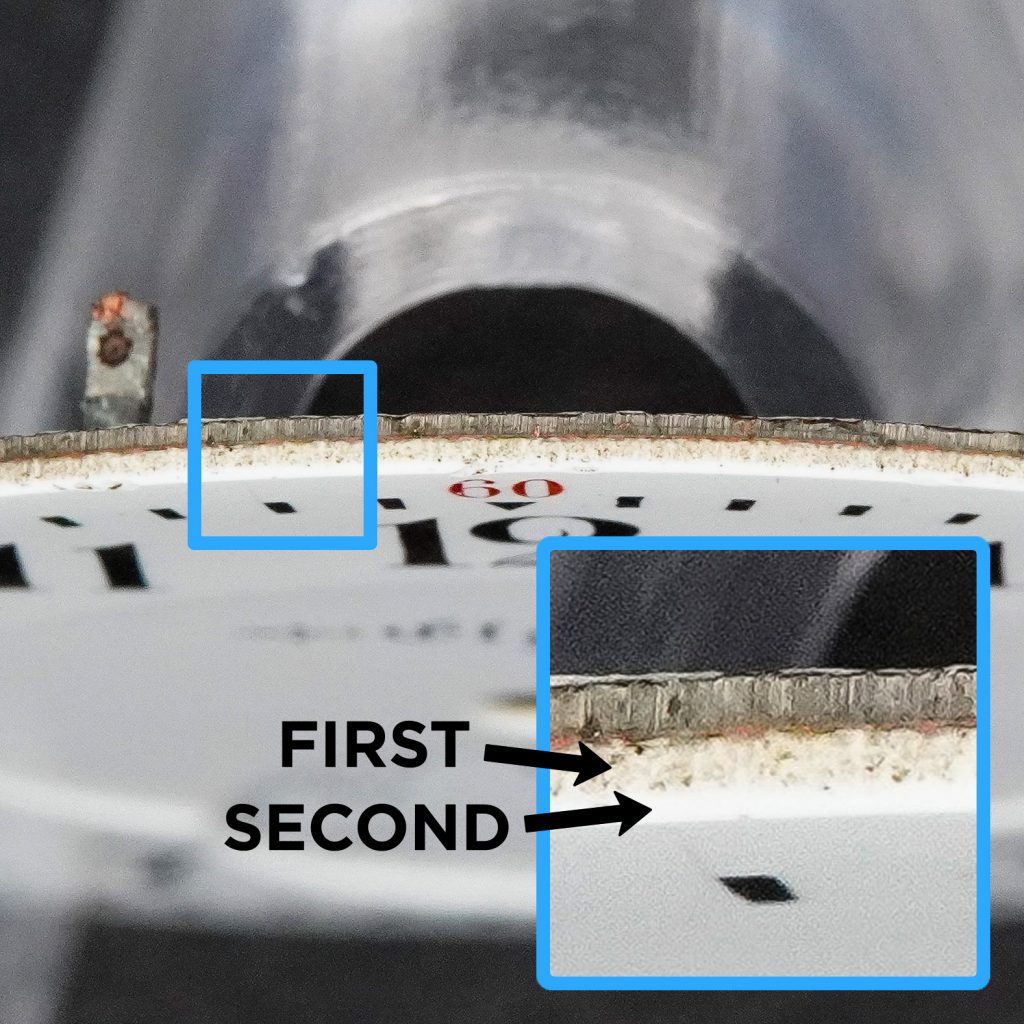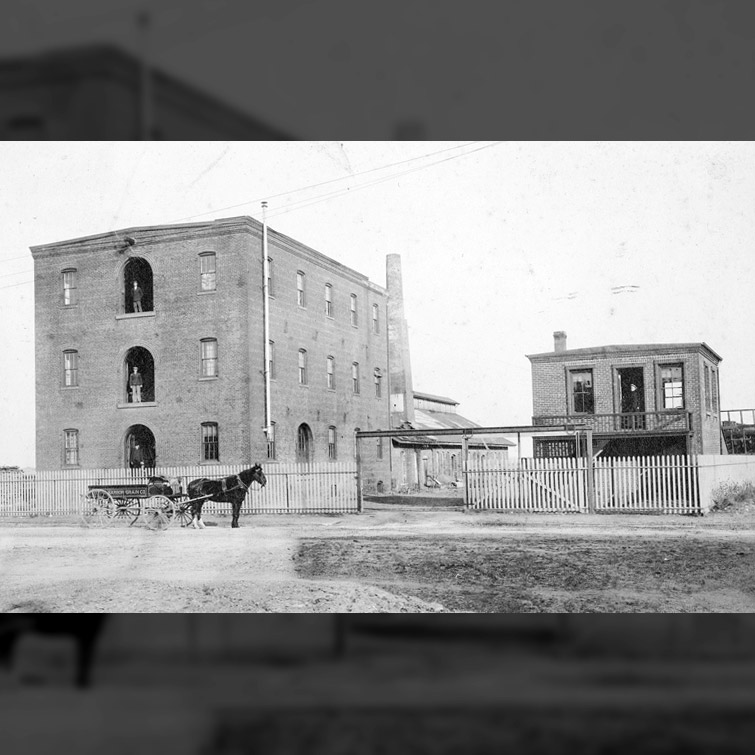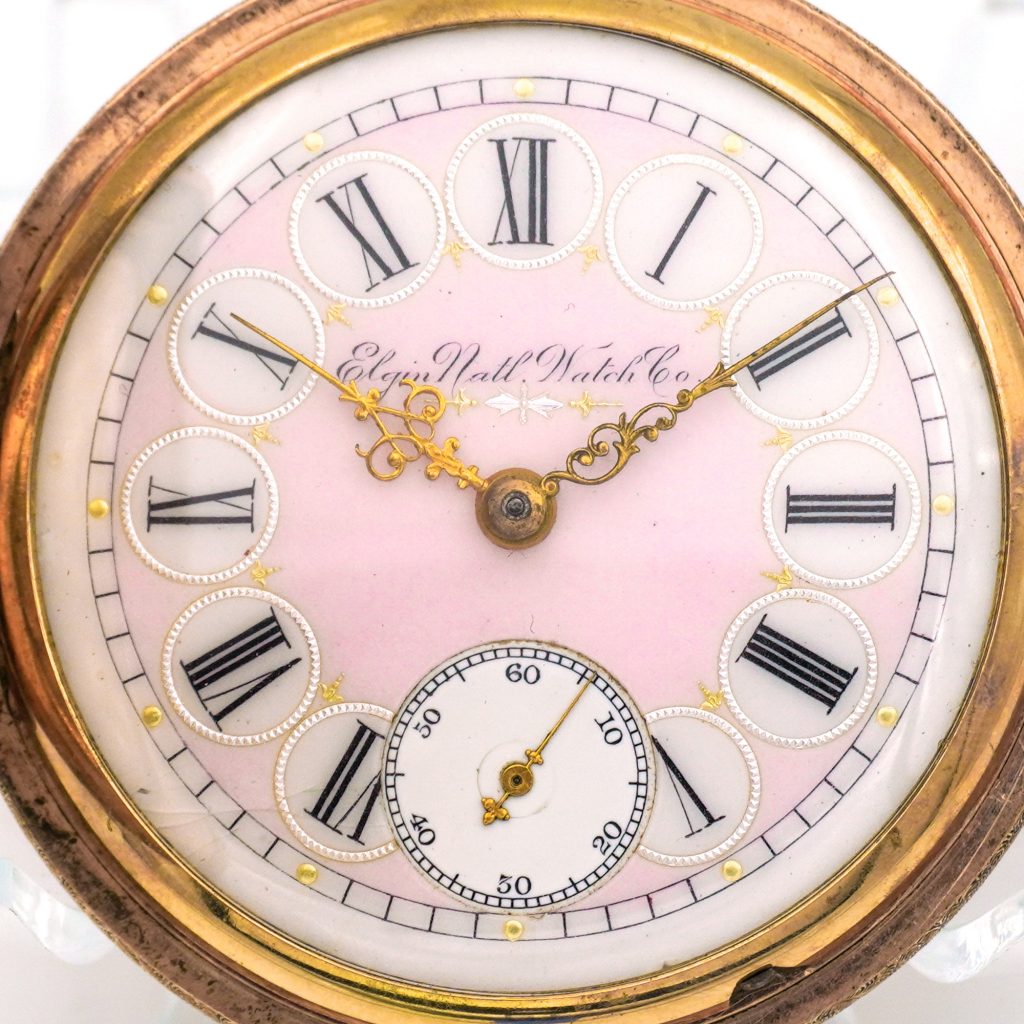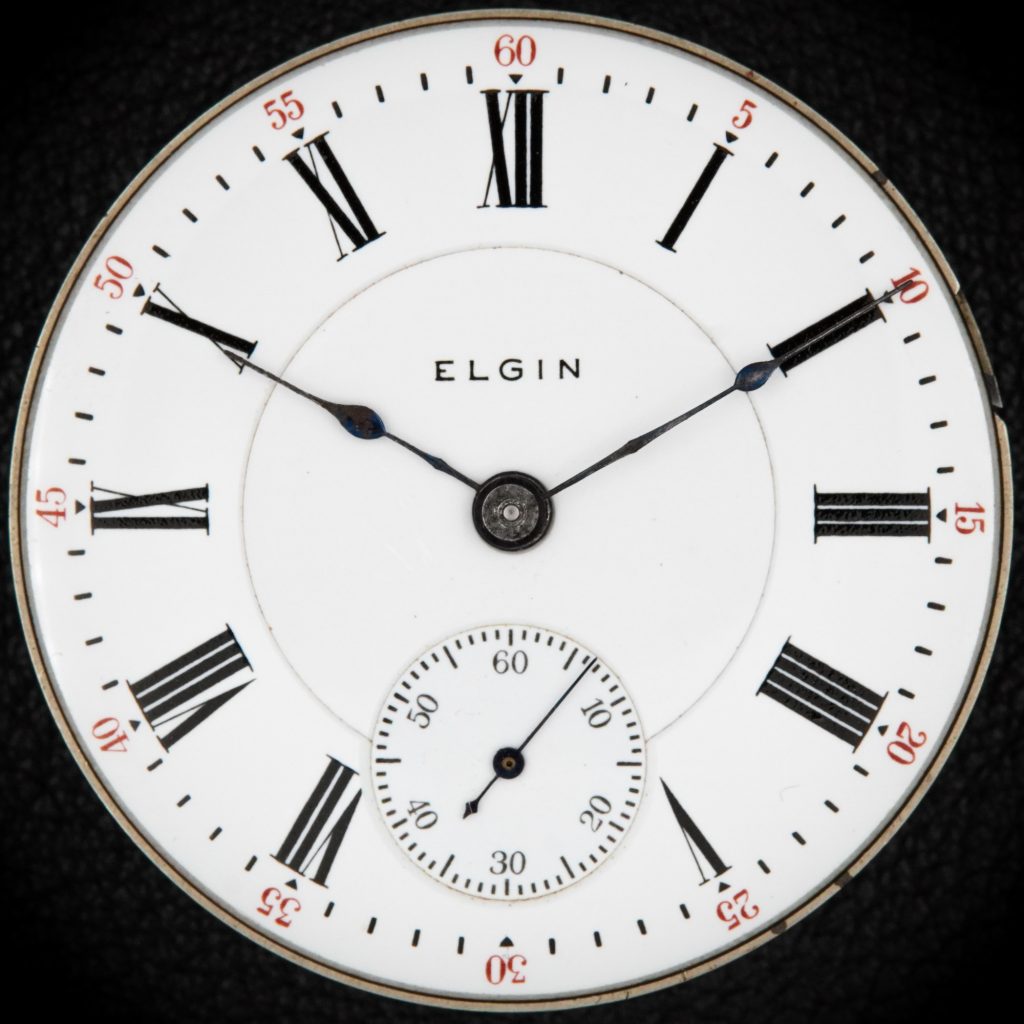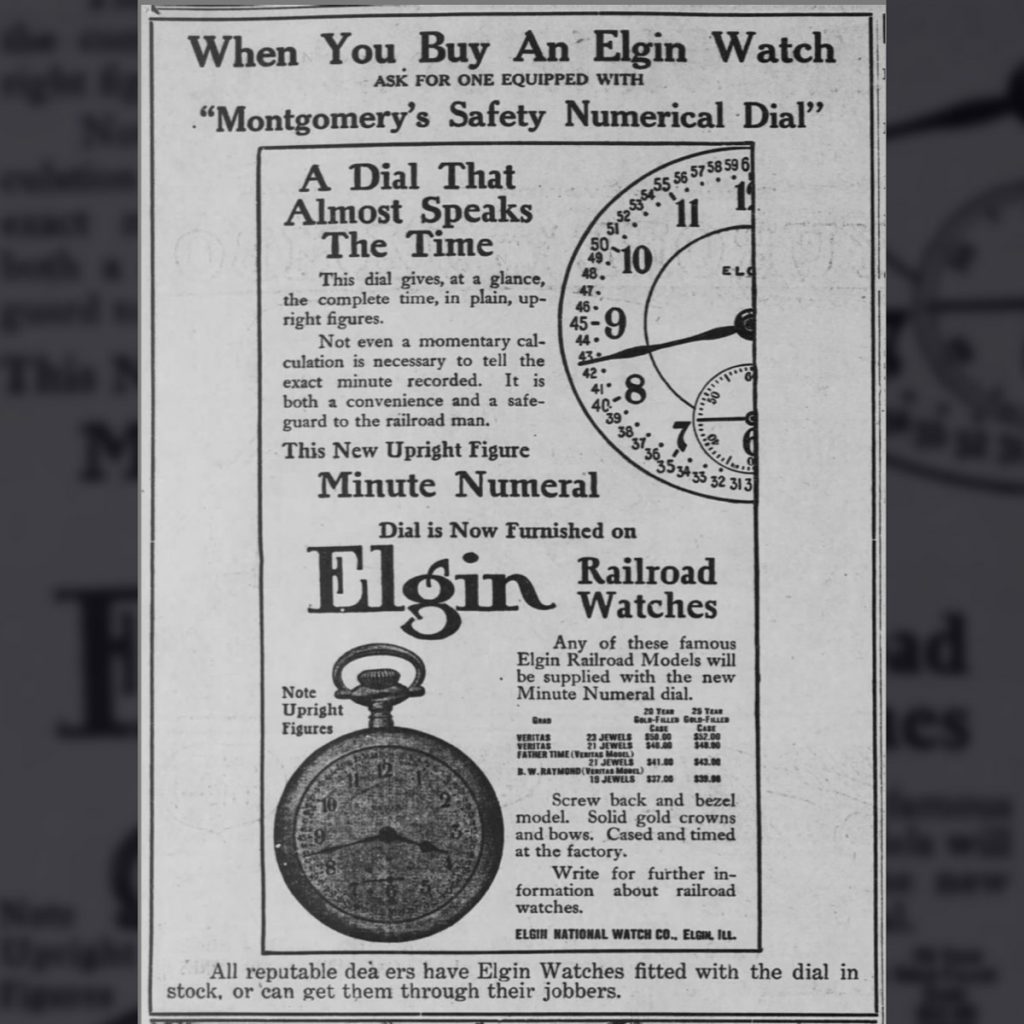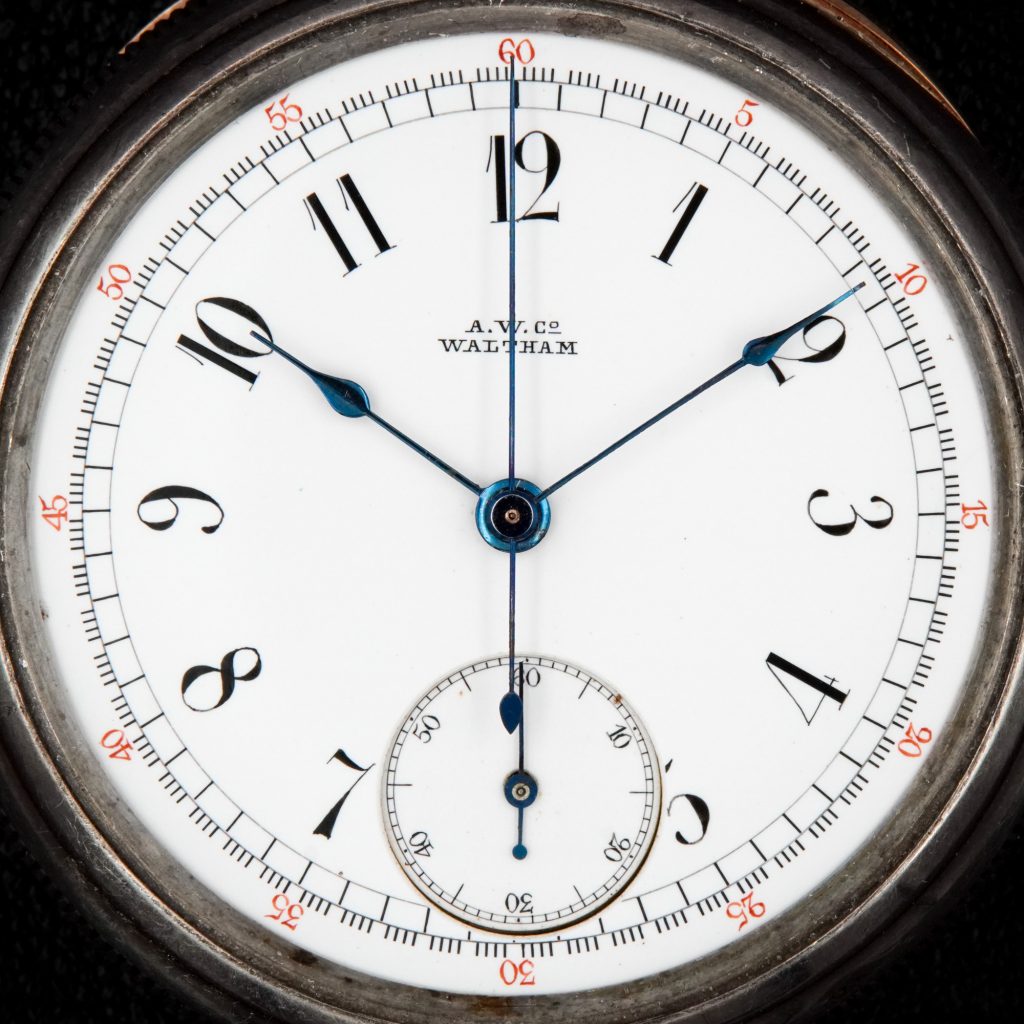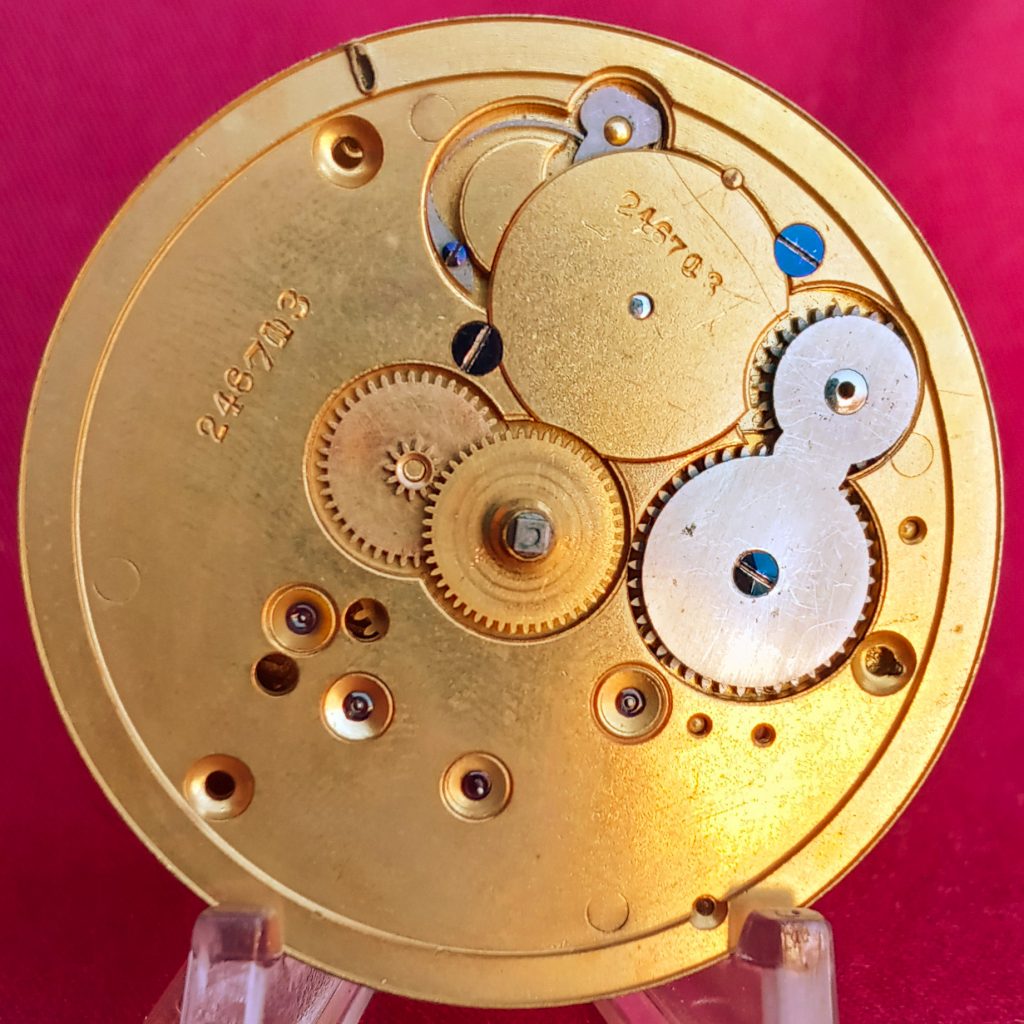Production
Pictured: The Eaton Dial Factory (2nd Floor of the Hampton Mills Building), c.1890s In March 1892, The Eaton Dial Manufacturing Company was organized with a capital stock of $7,000 at.
Pictured: Elgin Pink Enameled Fancy Dial with Silver and Gold Embellishments, c.1890s. While colored enameled dials were sparsely available in the American market prior to the 1880s, it was not.
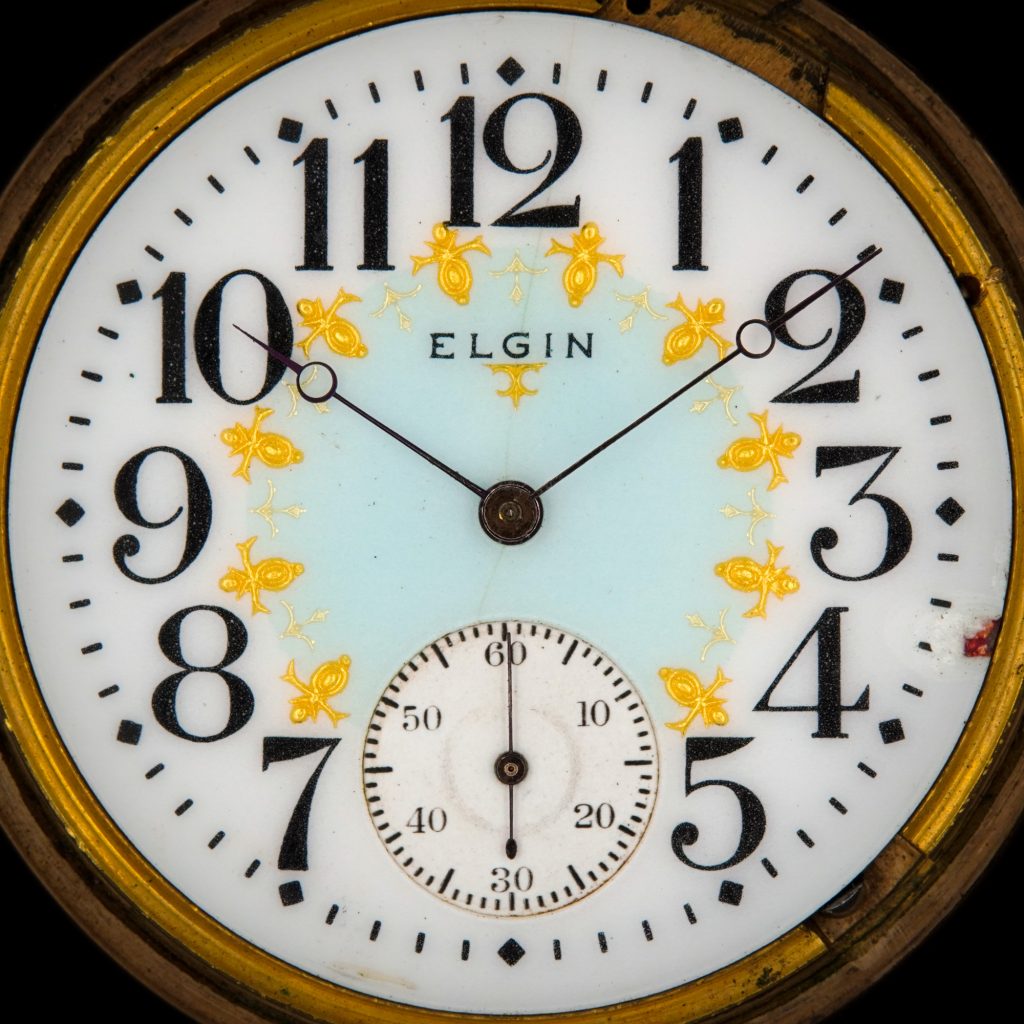
Pictured: Elgin White Double-Sunk Enamel Dial, c.1900. The quartz watch is a relatively modern invention, allowing accurate timepieces to be produced inexpensively. However, the watchmaking industry was using quartz well.
Once Henry S. Montgomery introduced his “Safety Dial” to the broad watch market in 1910, the practical dial design became an instant success. Royalty deals were arranged with the major.
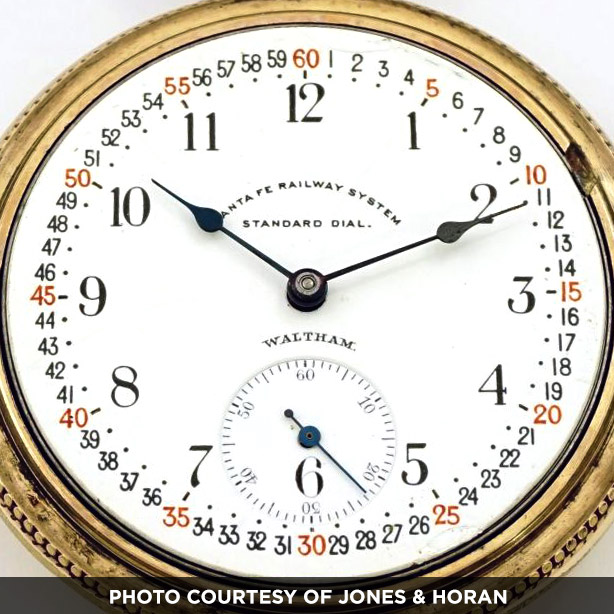
Pictured: Hand-Painted Chronograph Dial with Red Marginal Five-Minute Figures, Fitted on a Waltham 14-Size Riverside Chronograph, c.1882. The familiar five-minute marginal track featured on a variety of American watch dials.
H.H. Taylor (Private Label) #246713 As discussed in the previous article, the very first stem wind movements emerged from the Elgin factory in June of 1873. These movements were key-set.

